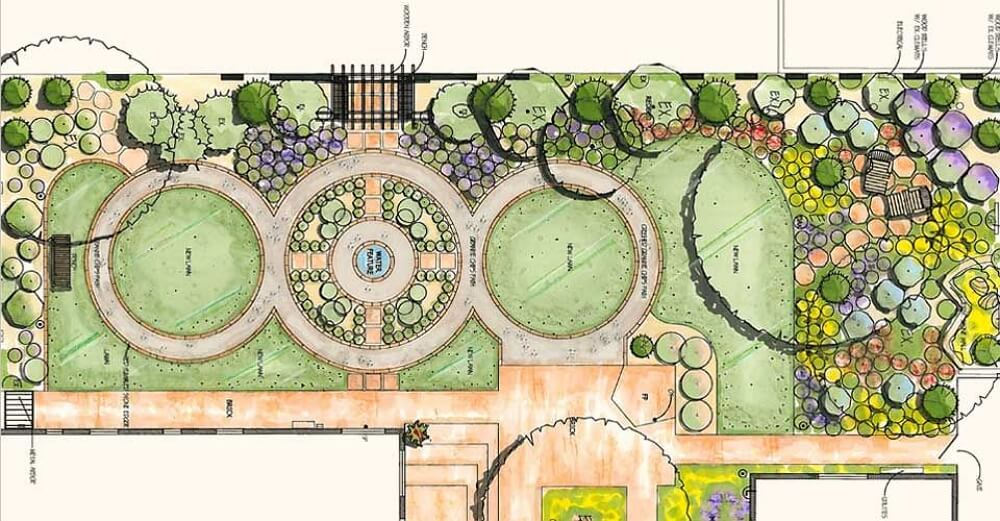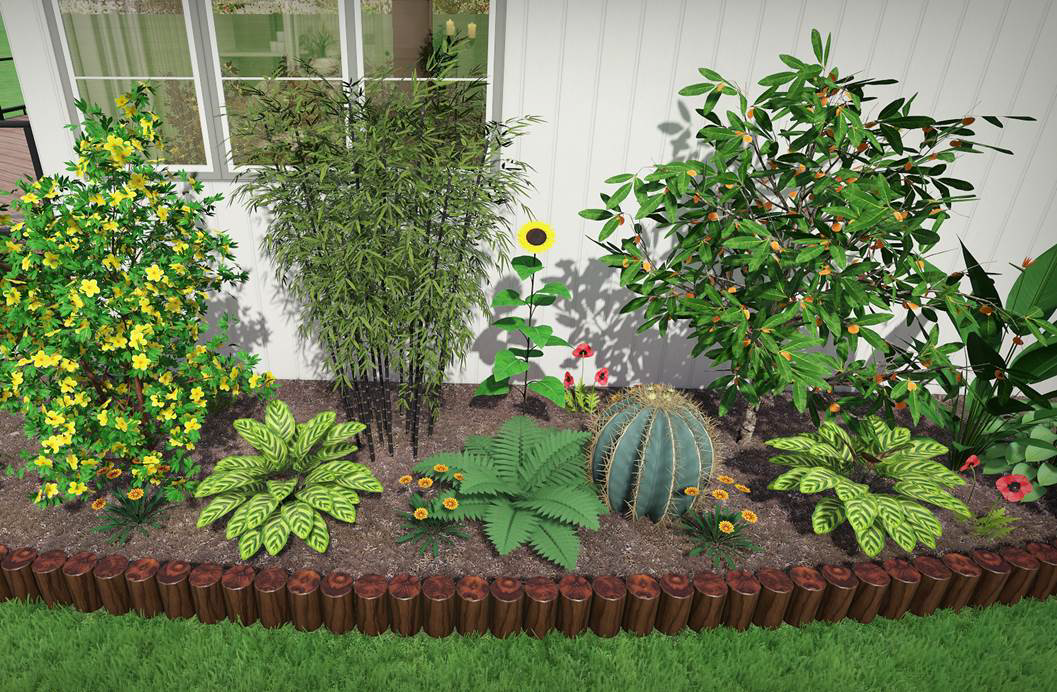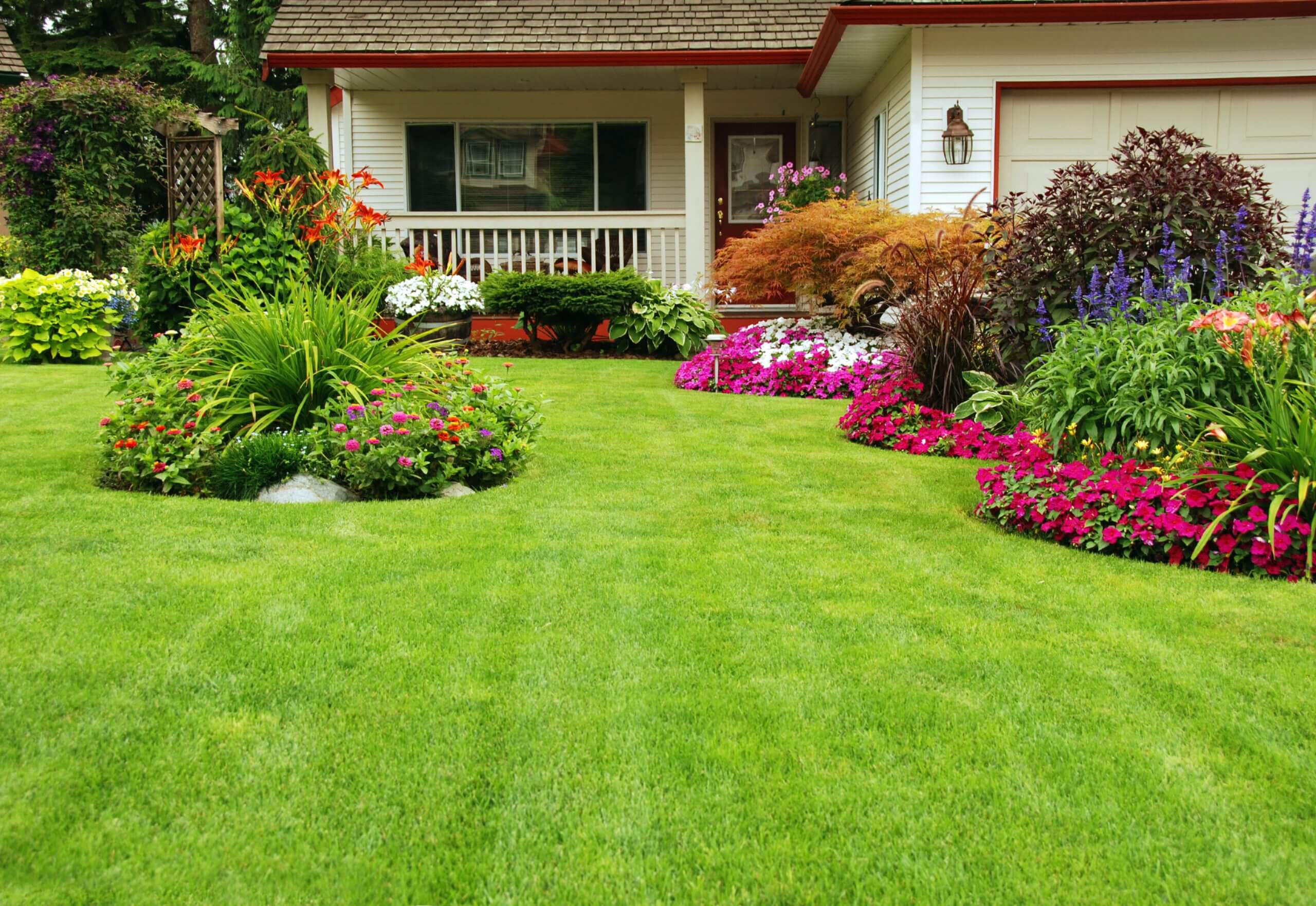Not known Facts About Landscapers
Table of ContentsThe Main Principles Of Landscapers Landscapers for DummiesLandscapers - QuestionsThe Greatest Guide To Landscapers8 Easy Facts About Landscapers ShownAll about Landscapers
- A yard feature where water is stood for by an accumulated stone product, typically a crushed rock or granite.- A rock or flagstone patio area, course, or sidewalk built without a concrete base.- A rock preserving or complimentary standing wall developed without the use of mortar. - A below ground structure that gather water and allows it to reduce percolate right into the soil around it.
Landscape style that is suitable with a sites' setting in both look and sustainability without adverse impacts to the environment. Edging in the landscape is a line of separation that creates visual rate of interest in the yard by separating one section from an additional segment.
Areas can also have a feeling of "room" offered by trees, other plantings, fencings, or screens. The landscape near the entrance to a structure.
All about Landscapers

The element in a landscape layout or location in a landscape that is implied to be most prominent. The focal factor can be a plant, stone, statuary, collecting space, or various other landscape feature. A design of yards or yard aspects that emphasize straight lines, ideal angles and circles. Shrubs or bushes situated in beds near the foundation of a home or various other framework.

The 10-Minute Rule for Landscapers
Reduced plants that are enabled or encouraged to spread out over an area. Can refer to any kind of "difficult" garden components including statuary or stones however many frequently is made use of to refer to courses, outdoor patios, and walls - Landscapers.: Height difference in between the level of water in a pond (or the degree of the pump if it sits outside the pond) and the upper outlet of water which affects performance of the water pump in gph (gallons per hour).
A chemical utilized to control weeds. Fence boards that run horizontally, frequently utilized in modern-day or Japanese-inspired landscape styles. Lines that specify areas within a landscape principle. These typically extend from edges or crucial features of an existing framework. read the full info here Correct use fictional lines can assist the landscape feel linked to the home and other aspects.
Conventional PNW landscapes are casual. A plant that spreads out more than wanted, or into habitats where it does damage.
The Definitive Guide to Landscapers
Smart irrigation controller reviews and referrals right here. 2-D rendering of the proposed irrigation system. Can consist of head placements and coverage, pipeline sizing, GPM specs, and products required to mount this system. An irrigation plan is usually unneeded for properties but is common for commercial projects. Accredited specialist that develops landscapes, educated in design and design in addition to in cultivation.
Landscape developers usually have less schooling than Landscape Architects and are not accredited. A finished landscape style, detailing all aspects for the brand-new landscape.
Using lots of plantings of the exact same selection to fill in an area in Web Site the landscape. This can reduce maintenance and water use in the yard.
A mix of concrete, sand, and water that is utilized in rock stonework for establishing rocks and joints. A layer of compost or bark dust applied at the base of a plant. A mass growing of moss. A plant that was present in a geographic location before individuals began altering the landscape.
Excitement About Landscapers
Exactly how the yard or a yard element is organized in relationship to an existing or brand-new attribute or to an instructions. Maintaining a grass without the usage of chemical herbicides, pesticides, or fertilizers. Turfs that are not mowed but grown in landscapes as perennials. This is a partly open sided leisure or leisure area that adjoins a home, utilized for enjoyable, outside dining and just enjoying the exterior atmosphere.

Plants that provide seasonal rate of interest and after that pass away back in the wintertime. Cold season lawn that is the most usual turf grass in Portland, OR and the rest of the PNW.An open roofed framework over a patio area or various other landscape function.
The most common landscape crushed rock in the PNW. Location of the landscape designed to handle rainfall water up until it can soak into the ground.
Structure made of timber, concrete, paving stones, blocks or other products for maintaining inclines and protecting against excessive erosion. Narrow gutter. Developing a yard function being composed mostly of stones with plantings that complement and can grow in the rough internet atmosphere. Lawn sprinkler head design that turns a stream of water throughout a location.
The 10-Second Trick For Landscapers
